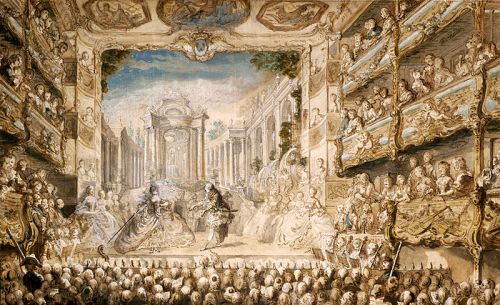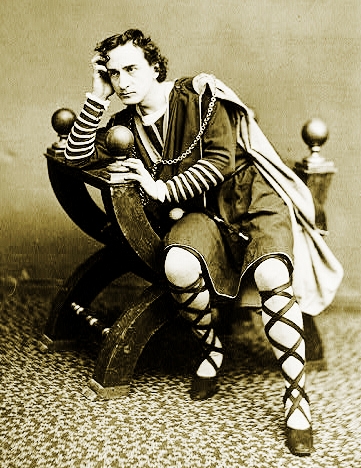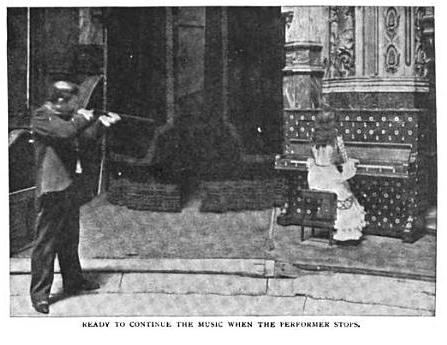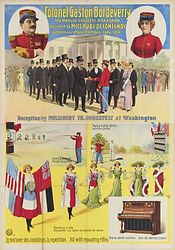Mozart’s Entführung aus dem Serail was first performed in London at The Royal Opera House, Covent Garden on 24 November 1827. Stephanie’s libretto was translated into English and quite freely adapted, and one C. Kramer made numerous and inexplicable changes to the score, editing Mozart’s music, substituting his own numbers for some of the original ones, and adding entirely new numbers. None the wiser, audiences and critics received the mangled work with great enthusiasm.
This according to “The first performance of Mozart’s Entführung in London” by Alfred Einstein (1880–1952) in Essays on music (New York: W.W. Norton, 1956), a collection of his writings issued as a memorial volume; the book is covered in our recently published Liber Amicorum: Festschriften for music scholars and nonmusicians, 1840–1966.
Above, a nineteenth-century engraving depicting a production of the opera in London—perhaps the one that Einstein described. Below, Twyla Tharp and Milos Forman imagine the opera’s premiere in Amadeus.















